10 Myths and Facts about Breast Cancer
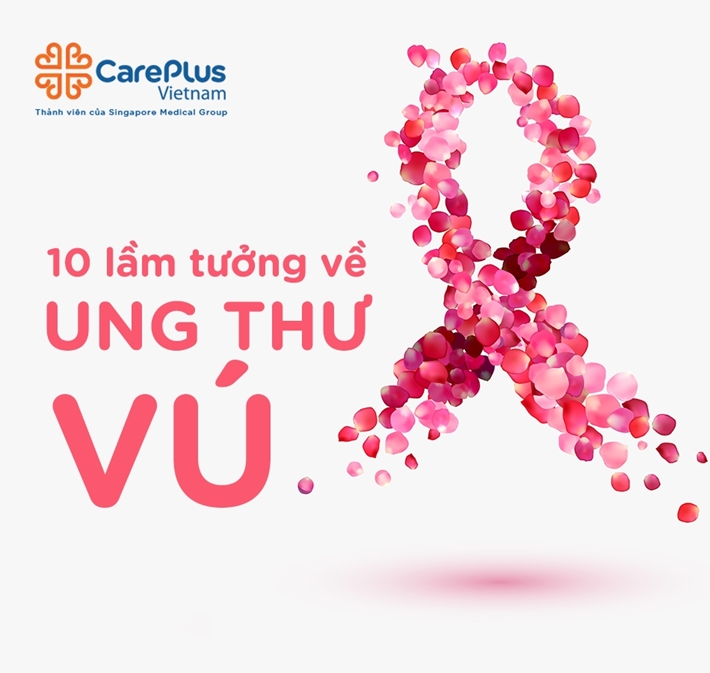
1/17/2018 8:58:11 AM
Breast cancer is a malignant growth that begins in the tissues of the breast. About 1 in 10 Vietnamese women will develop invasive breast cancer during their lifetime. It is the second most common cancer among Vietnamese women, since many are still uninformed about the risk factors to protect themselves. In response to the "Breast Cancer Awareness Month"(October), CarePlus International Clinics would like to share useful information about breast cancer that not only women, but men also need to know to take good care of their loved ones.
1. Myth: Young women do not get breast cancer
FACT: A woman is 100 times more likely than a man to develop breast cancer. Although breast cancer is more common in post-menopausal women, younger women can get breast cancer. Women under the age of 50 make up 25% of breast cancer cases. In Vietname, the younger group vulnerable to breast cancer is increasingly younger.
2. Myth: Most breast cancers run in families
FACT: About 5%-10% of breast cancer cases are thought to be hereditary, meaning that they result directly from gene defects inherited from a parent. Women with an immediate blood relative, such as a mother or sister, who has had breast cancer are twice as likely to develop the disease. The other 90% are largely due to lifestyle, for instance, obesity, abuse of alcohol, and environmental factors, such as radiation, pollution.
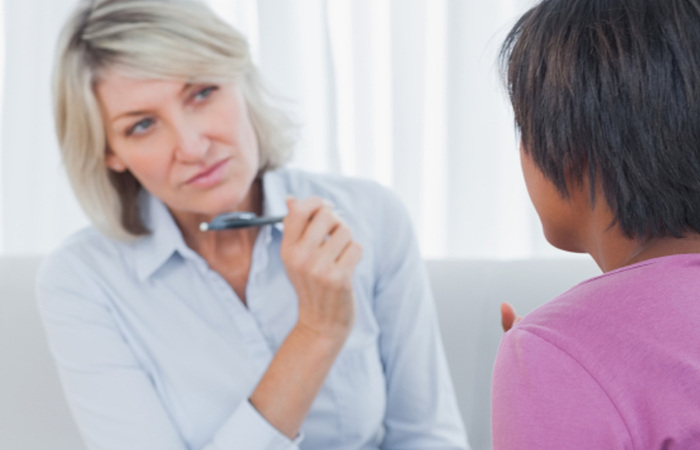
3. Myth: Most breast lumps are cancerous
FACT: Roughly 80% of lumps in women's breasts are caused by benign (noncancerous) changes, cysts, or other conditions. However, women should be aware of other body signs:
- All or part of breast swelling, even with no lump
- Skin redness, wrinkling, scaliness or dimpling
- Nipple(s) turning inward
- Breast, nipple pain
- Non-breast milk nipple discharge
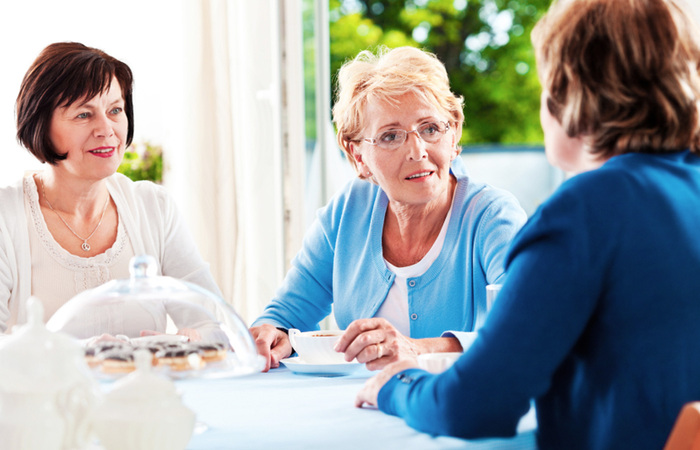
4. Myth: Your father's family cancer history doesn't affect your risk
FACT: When evaluating family history, the male side definitely counts. A history of breast cancer in a close male relative (father, brother or uncle) can boost your risk. A history of prostate cancer in one or more immediate relatives (father or brother) may also raise the odds, especially if the prostate cancer was found at a young age. Although the connection between a family history of prostate cancer and breast cancer is unknown, possibilities include shared lifestyle factors or gene mutations. New research also suggests obesity changes the genetic signature (which are genetic regulators of gene expression) in the father's sperm, and that this genetic information is then carried to his daughter's breast tissue before she’s born.
5. Myth: Small-breasted women have less chance of getting breast cancer
FACT: There's no connection between the size of your breasts and your risk of getting breast cancer. Very large breasts may be harder to examine than small breasts, with clinical breast exams—and even mammograms and MRIs—more difficult to conduct. But all women, regardless of breast size, should commit to routine screenings and checkups. Some people also claim that wearing an underwire bra increases your risk of getting breast cancer, as underwire bras compress the lymphatic system of the breast, causing toxins to accumulate and cause breast cancer. This has been widely debunked as unscientific. The consensus is that neither the type of bra you wear nor the tightness of your underwear or other clothing has any connection to breast cancer risk.
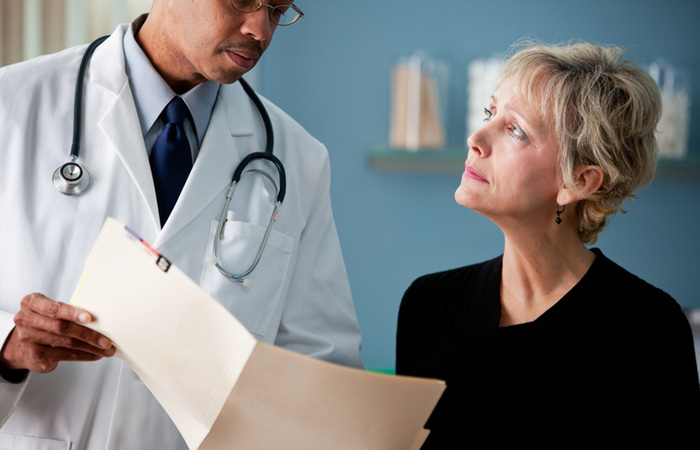
6. Myth: You can't get breast cancer after a mastectomy
FACT: Some women do get breast cancer after a mastectomy, sometimes at the site of the scar. Or the original cancer may have spread. For women at high risk of breast cancer who have their breasts removed as a prophylactic or preventive measure, there's still a chance, though a small one, that they can get breast cancer. After prophylactic mastectomy a woman's risk for developing breast cancer is reduced by an average of 90%.
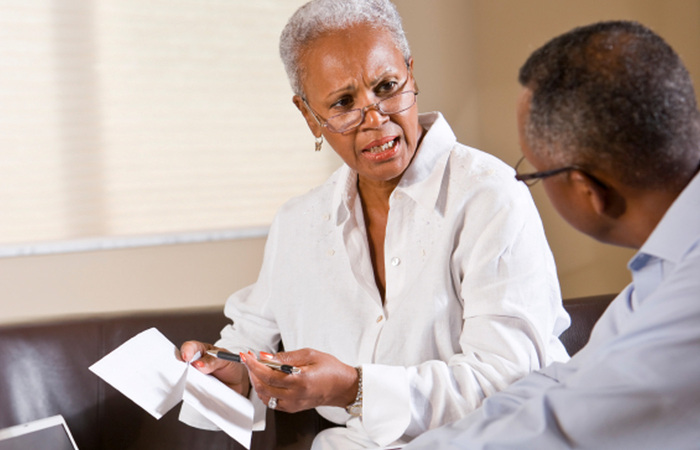
7. Myth: Removing the entire breast gives you a better chance of surviving cancer than having a lumpectomy with radiation therapy
FACT: Survival rates are about the same for women who have mastectomies and for women who choose the breast-conserving option of removing only part of the breast and following the surgery with radiation treatments. However, there are some cases—such as with extensive DCIS disease, the presence of BRCA gene mutations, or particularly large tumors—when lumpectomy and radiation may not be an appropriate treatment option.
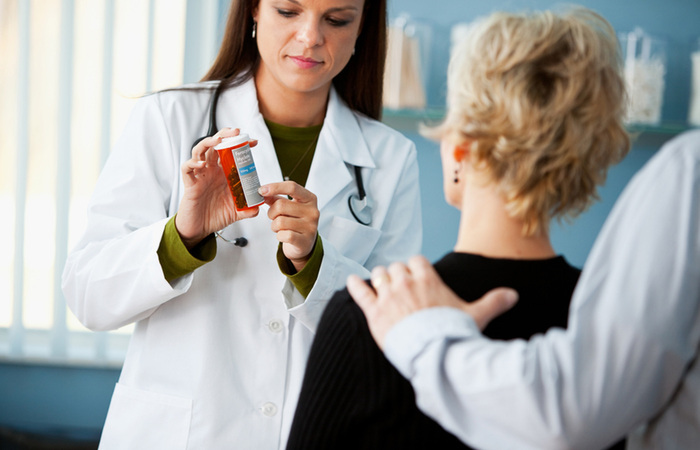
8. Myth: Herbal therapy that can cure breast cancer better than other methods
FACT: Although some studies suggest that alternative or complementary therapies, including some herbs, may help patients cope with the side effects of cancer treatment, no herbal products have been shown to be effective for treating cancer. In fact, some herbal products may be harmful when taken during chemotherapy or radiation therapy because they may interfere with how these treatments work. Cancer patients should talk with their doctor about any complementary and alternative medicine products—including vitamins and herbal supplements—they may be using.
Conventional and contemporary methods:
- Survical removal of cancer tissues
- Chemotherapy to kill cancer cells
- Radiation therapy to kill cancer cells
- Targeted therapy to block the growth of cancer cells
- Hormone therapy to slow or stop the growth of hormone sensitive tumours

9. Myth: Regular mammograms prevent breast cancer
FACT: Mammograms don’t prevent breast cancer, but they can save lives by finding breast cancer as early as possible, when it’s most treatable and yet to be advanced. Breast cancer, if detected timely, can be cured almost 100%.
It is recommended that:
- Women ages 40 to 44 should have the choice to start annual breast cancer screening with mammograms (x-rays of the breast) if they wish to do so.
- Women age 45 to 54 should get mammograms every year.
- Women 55 and older should switch to mammograms every 2 years, or can continue yearly screening.
There are other methods to detect breast cancer, depending on age and health conditions:
- Blood test (CA15-3)
- Ultrasound and MRI
- Biospy
- Self-check
While it's true that radiation is used in mammography, the amount is so small that any associated risks are tiny when compared to the huge preventive benefits reaped from the test. Mammograms can detect lumps well before they can be felt or otherwise noticed, and the earlier that lumps are caught, the better one's chances for survival. The American Cancer Society recommends that women age 40 and older receive a screening mammogram every one to two years. Despite their importance for breast cancer screening and diagnosis, mammograms fail to detect around 10% to 20% of breast cancers. This is why clinical breast exams and, to some extent, breast self-exams are crucial pieces of the screening process.

10. Myth: Eating meat will make women more vulnerable to breast cancer
FACT: The American Cancer Society recommends eating mostly vegetables, fruits, and whole grains, and less red meat (beef, pork, and lamb), less processed meat (bacon, sausage, luncheon meats, and hot dogs), and fewer sweets. A healthy diet can help reduce the risk of heart disease, diabetes, stroke, and certain cancer types. A healthy diet can also help you get to and stay at a healthy weight. Overweight and obesity increase the risk for getting breast cancer. What’s less clear is the link between breast cancer risk and any one food type. Many studies about foods and breast cancer risk have had different results, but no clear-cut answers.

Breast cancer has taken the lives of over 18,000 Vietnamese women each year. Every 3 minutes a woman is diagnosed with breast cancer. And every 13 minutes a woman dies because of breast cancer. Breast cancer awareness is not only important for women, but also for family members. While breast cancer cannot be completely prevented, women can minimize the risk of breast cancer by:
|
1. Keeping weight in check 2. Being physically active 3. Balanced and healthy diet with more fruits and vegetables; avoiding too much alcohol 4. Sanitation; safe and clean enviroment without smoking 5. Breastfeeding (if possible) 6. Avoiding or limiting birth control pills, particularly after age 35 or if you smoke 7. Avoiding or limiting hormone replacement therapy 8. Finding out your family history 9. Periodic screening |